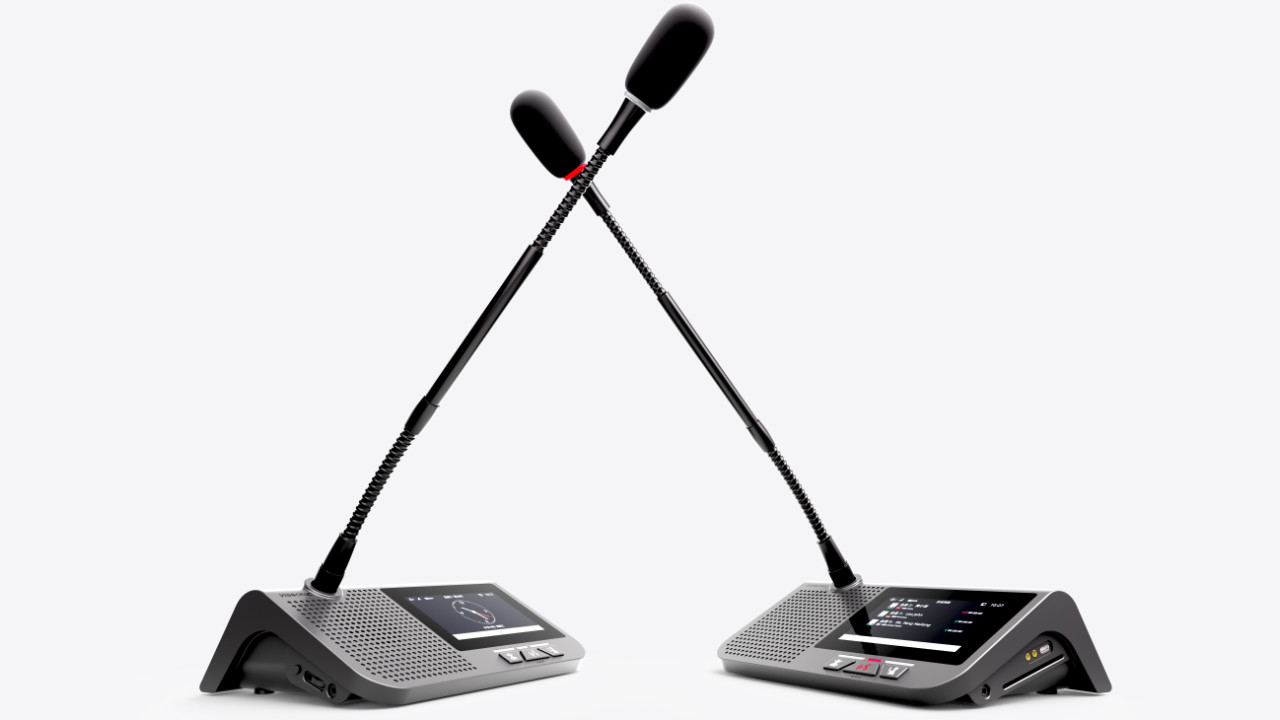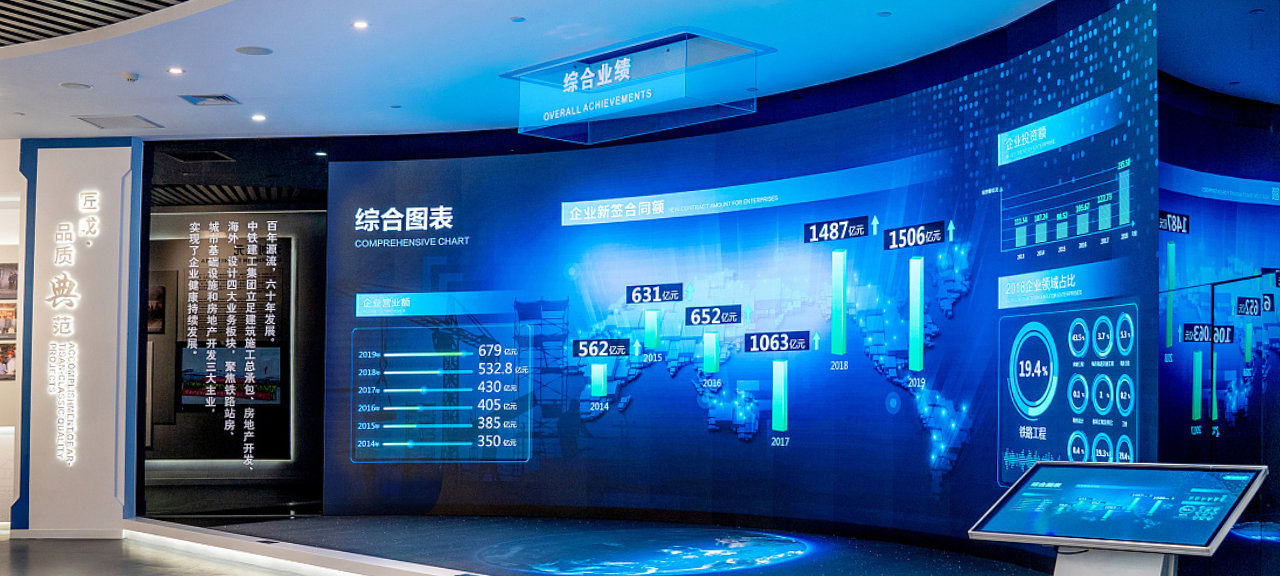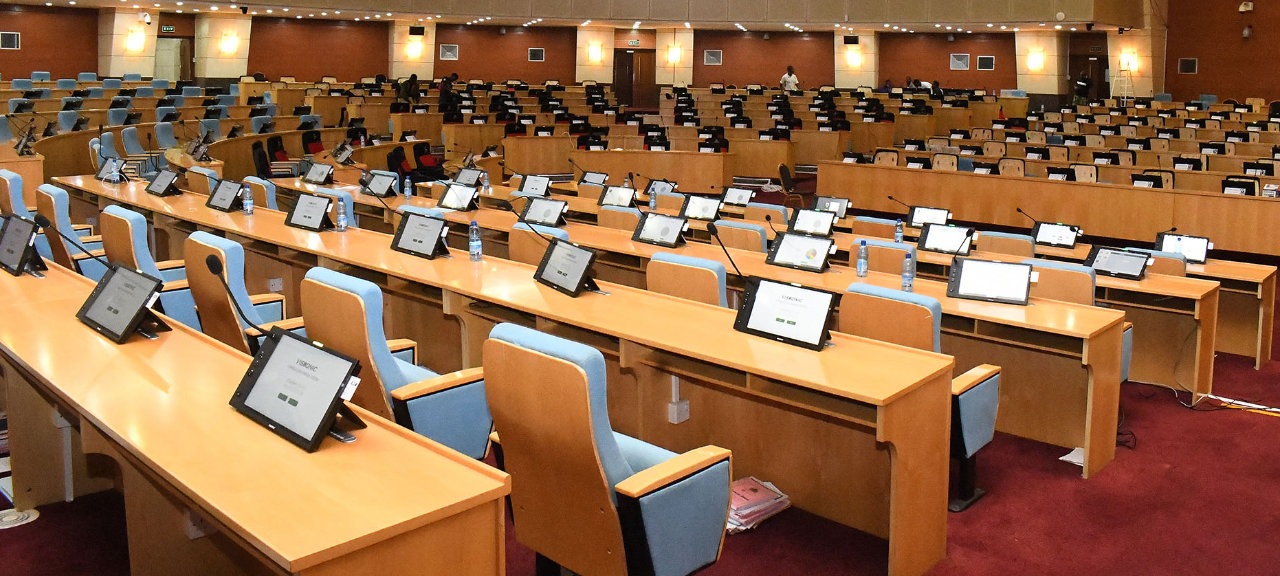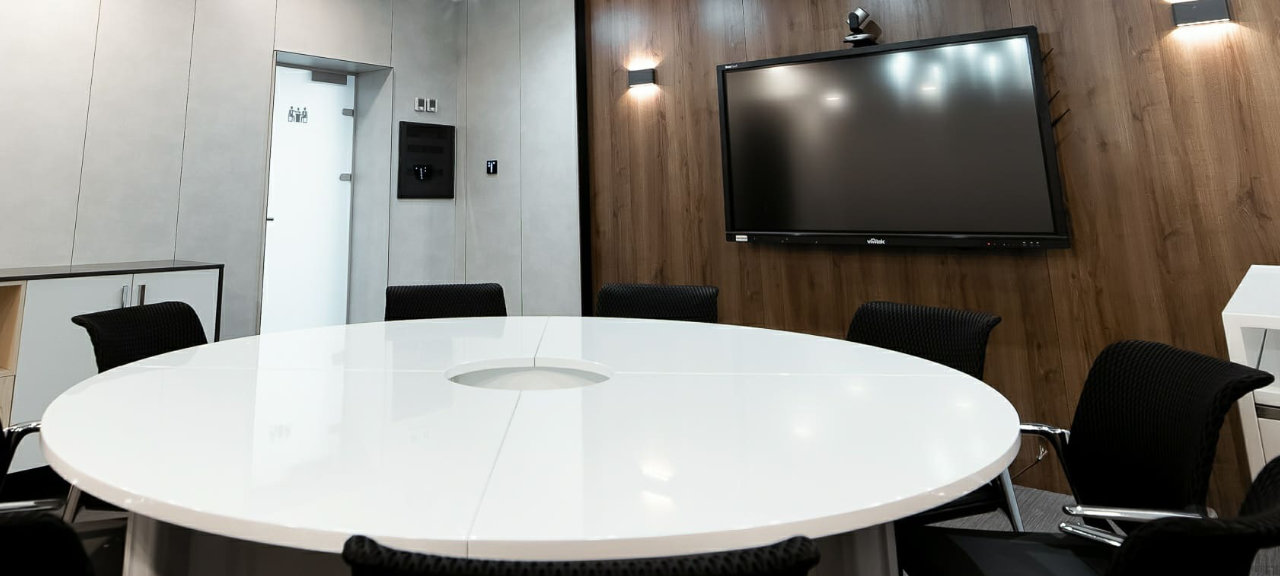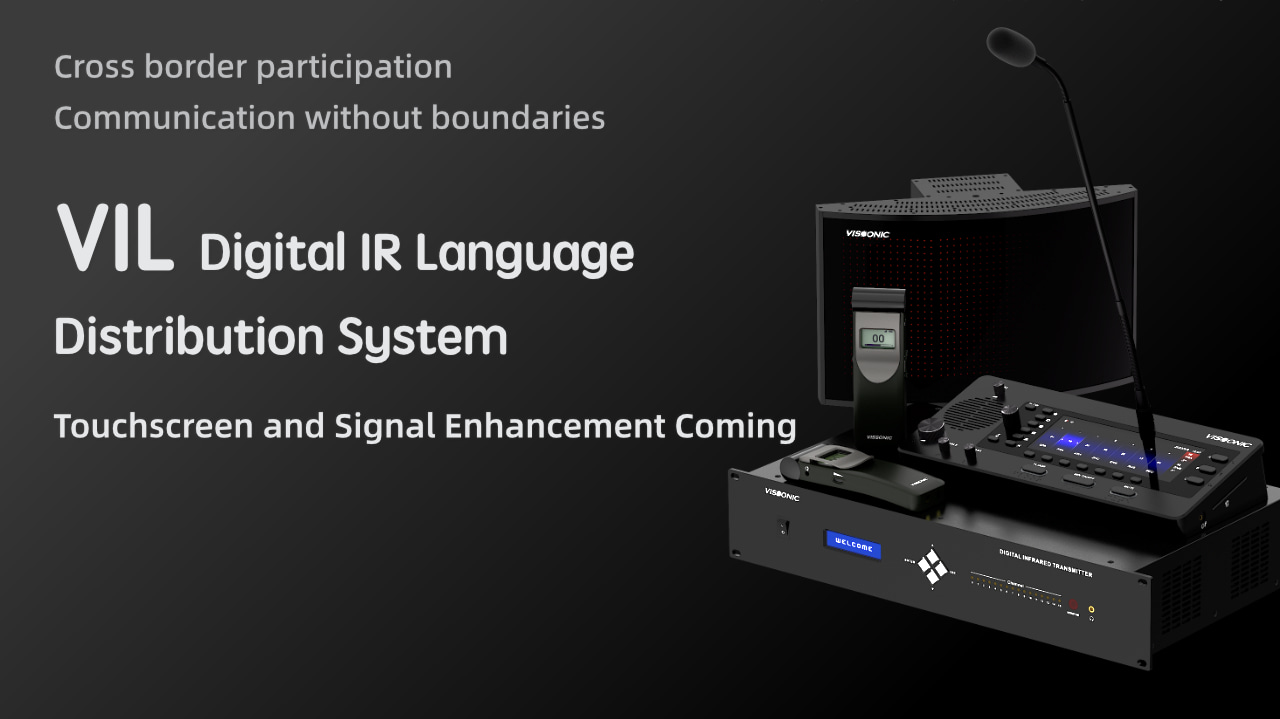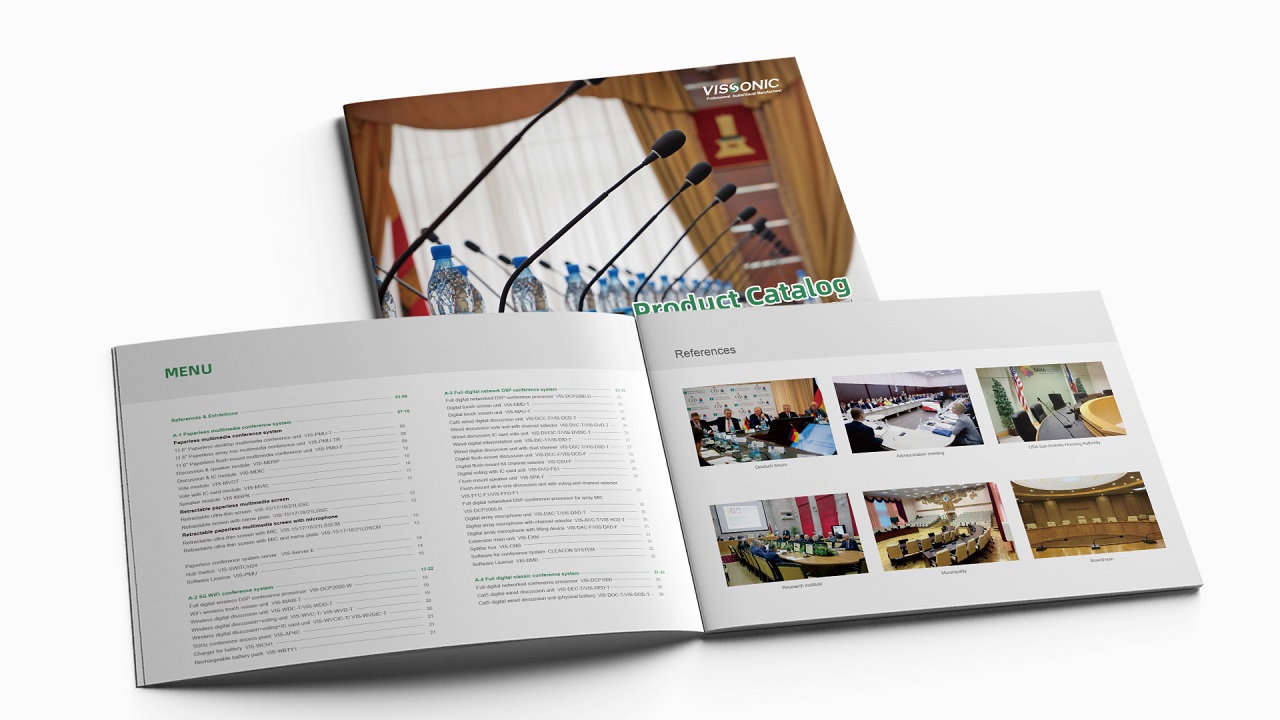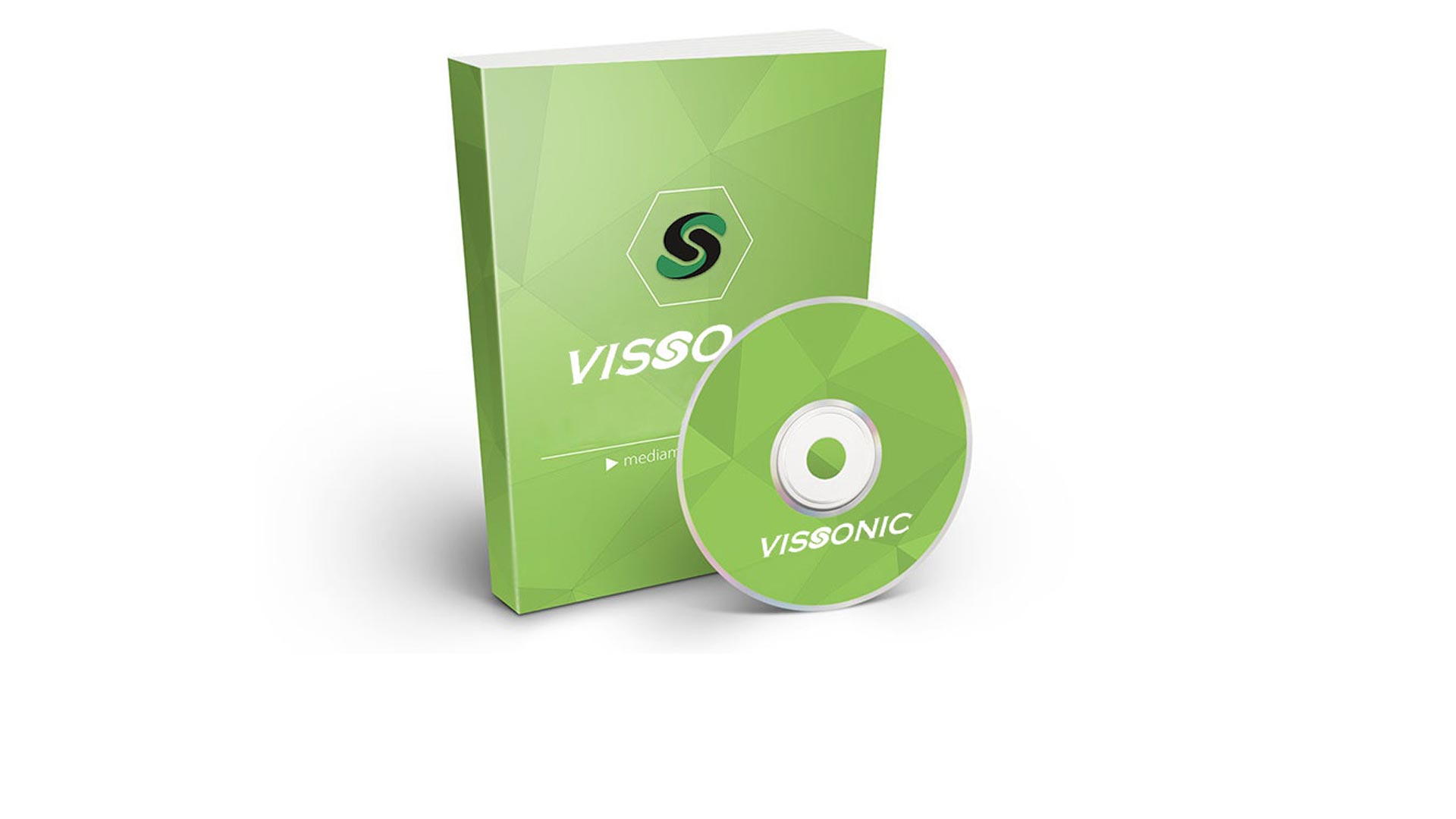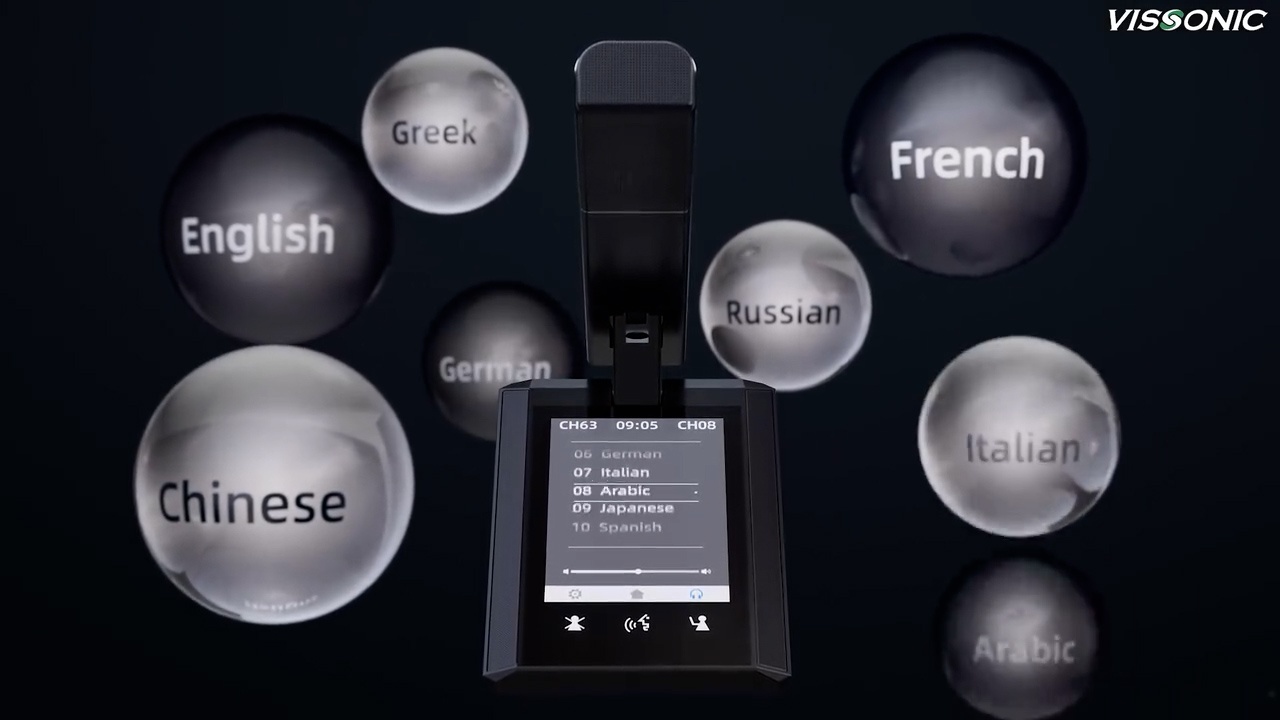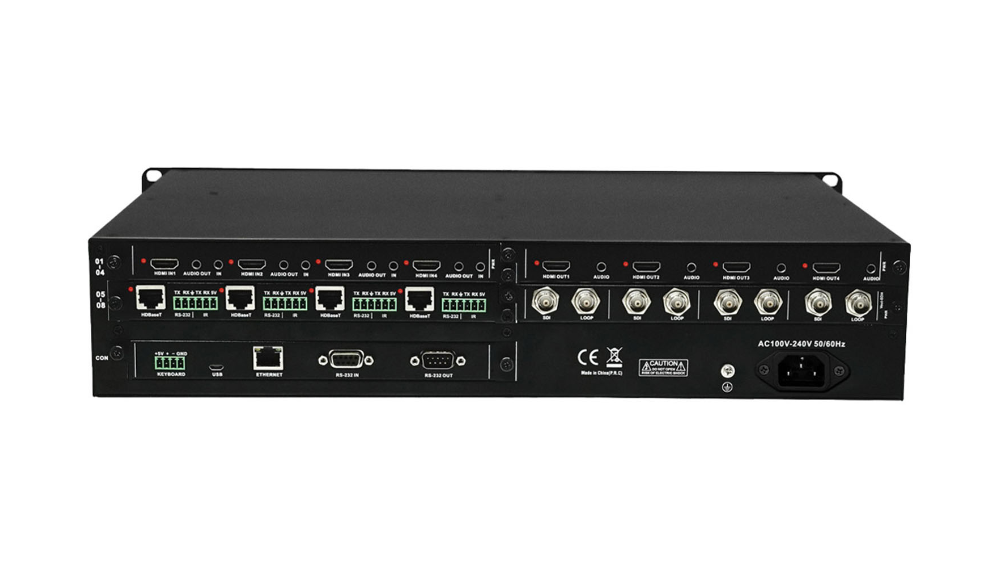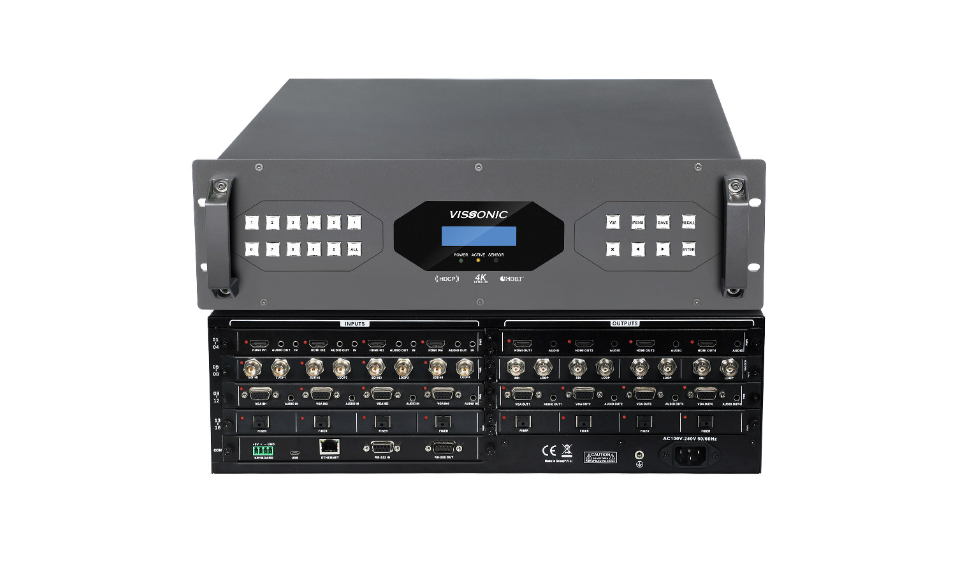How Does a Video Wall Processor Work?
A video wall processor is an essential component in the functioning of a video wall system. It enables the display of multiple video sources across a large array of screens, which can be organized to present one unified image or several different images. Video wall processors are widely used in industries like broadcasting, security monitoring, advertising, and large-scale presentations. The processor works by taking multiple input signals from various sources, processing them in real time, and sending them to the video wall displays in a synchronized manner.
This article will break down how video wall processors function, their key features, and the benefits they bring to different applications.
1. Input Signal Management
The first task of a video wall processor is managing input signals. These signals come from a variety of sources, such as computers, cameras, media players, or other video devices. The processor can handle multiple formats, including HDMI, VGA, DVI, and more. This flexibility allows for a diverse range of content to be displayed on the video wall, from live camera feeds to pre-recorded videos.
Once the inputs are received, the video wall processor organizes and processes these signals so they can be sent to the appropriate displays on the video wall. Depending on the setup, the processor may have the ability to scale or resize the input signals to fit the display layout.
Modular Seamless Switching Videowall Processor 8x8
2. Video Scaling and Image Processing
A critical function of the video wall processor is video scaling and image processing. This ensures that the content from different sources is displayed at the correct resolution and size across multiple screens. The processor uses algorithms to divide the video content into sections, scaling it so that each screen in the video wall shows the correct portion of the overall image.
For instance, if you’re displaying a large image across a 2x2 video wall (4 screens), the processor divides the image into four sections, each of which is displayed on one screen. The result is a seamless, high-resolution image across the entire video wall.
3. Real-Time Content Distribution
After processing the input signals, the video wall processor distributes the content to the individual screens in real time. This is crucial for applications like live event broadcasting or security monitoring, where delays in content display could lead to significant issues. The processor ensures that all screens update simultaneously, providing smooth transitions and eliminating lag.
Additionally, the processor allows for dynamic adjustments during the operation. This means you can change the layout, add new video sources, or modify the content being displayed without disrupting the entire system. Such real-time distribution capabilities make video walls highly flexible and customizable for various uses.
Modular Seamless Switching Videowall Processor 16x16
4. Layout Customization and Display Control
One of the key features of a video wall processor is its ability to customize the display layout. Users can decide how they want to present their content, whether it’s one large image stretched across multiple screens or several smaller images on different parts of the video wall. Advanced processors allow for intricate layout designs, such as picture-in-picture displays, tiled arrangements, and split-screen configurations.
The processor also gives users control over each screen individually. You can adjust the brightness, contrast, and color settings for each display to ensure uniformity across the video wall or create different viewing experiences depending on the content. This level of control is especially useful in environments like control rooms or advertising, where image quality is paramount.
5. Signal Synchronization
Signal synchronization is another critical function of the video wall processor. For video walls made up of multiple displays, ensuring that all the screens refresh and change content at the same time is essential for creating a seamless viewing experience. Any delay between screens can cause the display to appear disjointed or distorted. The video wall processor synchronizes the signals sent to each screen, ensuring perfect alignment and smooth transitions between images or videos.
6. Types of Video Wall Processors
There are different types of video wall processors based on their specific capabilities and features. Some common types include:
Matrix Switchers: These processors switch between different input sources and display them on selected screens. They are suitable for simpler video wall setups.
Multiviewers: These allow users to display multiple input signals on a single screen. They are often used in surveillance operations where multiple camera feeds are displayed simultaneously.
Dedicated Video Wall Processors: These are the most powerful and versatile processors designed for complex video wall setups. They handle a wide range of inputs and outputs, support intricate layouts, and deliver high-quality content with real-time synchronization.
7. Benefits of Using a Video Wall Processor
Video wall processors provide several benefits that enhance the functionality and performance of video wall systems:
Seamless Image Display: By processing and scaling content, the processor ensures that images and videos appear seamlessly across the video wall, without distortion or interruption.
Flexible Layout Management: Users can customize the display layout, creating dynamic and engaging presentations tailored to specific needs.
Real-Time Monitoring: In applications like security and broadcasting, the real-time capabilities of the processor ensure immediate response to any changes or events, making it an essential tool for critical environments.
Multi-Input Support: The ability to handle multiple input sources means that a variety of content can be displayed, from different cameras to video feeds and more.
Questions and Answers
Q: Can I control the video wall remotely using a video wall processor?
A: Yes, most modern video wall processors come with software that allows users to control the system remotely via a web interface or app. This feature is useful for large-scale installations or for managing content from a different location.
Q: Do I need a video wall processor for a small video wall setup?
A: For simple video walls, such as a 2x2 configuration, a basic matrix switcher or display controller may suffice. However, if you need advanced features like custom layouts, real-time content switching, and synchronization, a dedicated video wall processor is recommended.
Q: Are video wall processors compatible with all screen types?
A: Yes, video wall processors are designed to work with various screen types, including LCD, LED, and projection screens. However, it’s important to ensure that the processor supports the resolution and connectivity options of your specific display system.
Conclusion
A video wall processor plays a critical role in ensuring the smooth operation and high-quality performance of a video wall system. From managing input signals and scaling content to synchronizing displays and offering layout customization, these processors provide the tools needed to create an engaging and seamless visual experience. Whether you’re using a video wall for security, live events, or presentations, choosing the right processor is essential for achieving the best results.

